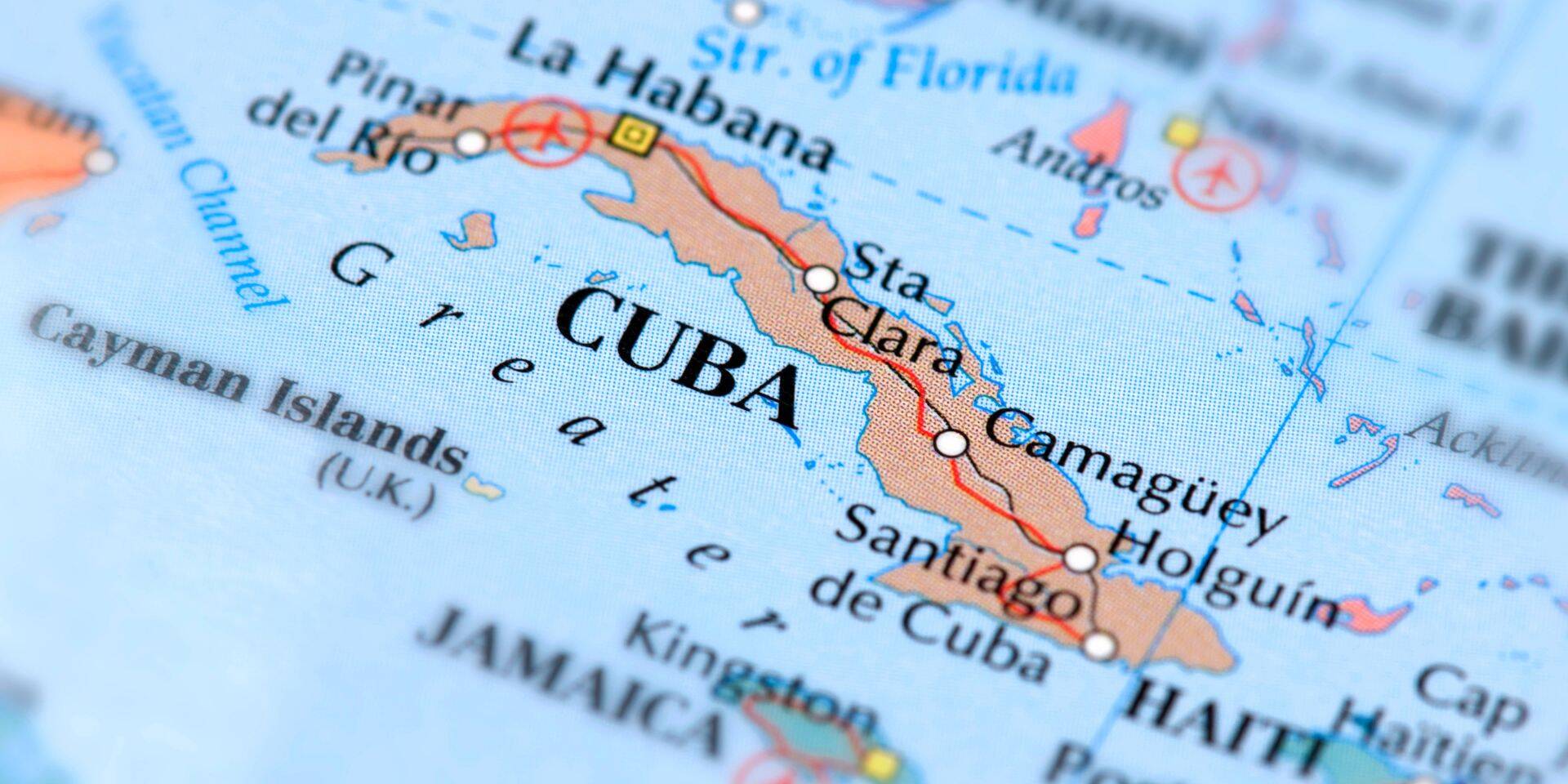Ongoing lengthy delays in resolving immigration matters are triggering several immigration lawsuits against U.S. immigration agencies. The number of filings increased dramatically over the last year.
According to the Transactional Records Access Clearinghouse (TRAC), in May 2022 alone, 647 immigration lawsuits have been filed based on lengthy agency delays. This is the highest number of filings in a single month recorded by TRAC, which began tracking filings in October 2007. Included in the 647 are mandamus and other civil actions. A mandamus action requires a government employee or officer to deliver a decision when the individual has a clear right to receive that decision, that the person has no other sufficient legal remedy, and the identified government employee or officer has a clear duty to make the decision. The Administrative Procedure Act (APA) also provides guidelines for government employees or officers to reach and issue a decision if the delay has been unreasonably long. If unsuccessful using either of these claims, the mandamus or the APA, courts require the resolution of the matter. The outcome of the matter cannot be ordered, but some action is required.
The majority of the filings are against the Department of Homeland Security (DHS). U.S. Citizenship and Immigration Services (USCIS), which is under DHS, is named in many of the matters.
USCIS states the original and ongoing delays and due to the COVID-19 pandemic in tandem with a lack of resources. USCIS made a public statement that the organization is focused on reducing the backlogs. However, for some noncitizens experiencing delays that limit their ability to live and work, the courts and lawsuits may be their only choice.
Immigration-related lawsuits over delays continue to be filed. It’s estimated that by the end of Fiscal Year 2022, over 6,000 lawsuits will be filed. In Fiscal Year 2021, 4,347 lawsuits were filed.
USCIS introduced several policies to reduce the impact of processing delays, including extending some COVID filing date flexibilities, the automatic extension of work authorizations for qualifying renewals from 180 days to 540 days, and introducing additional premium processing options for employment-based visas, among others.
However, many individuals continue to experience extensive delays due to their visa type not receiving any flexibility or additional support. The USCIS processing time to complete 50% of petitions for employment-based immigrant visas increased from roughly 5 months in Fiscal Year 2020 to nearly 11 months for October 1, 2021, through June 30, 2022. For employment-based green card applications, service centers are reporting a wait time of 18 months at two of the three service sites, and a 25-month wait at the third service site.
The high number of employment-based immigrant visa numbers for the Fiscal Year 2022 has also contributed to the backlog. Because so few family-based immigrant visas were used in the Fiscal Year 2021, they are available for employment-based visas in the Fiscal Year 2022. As such, nearly double the number of employment-based visas are available in the current fiscal year.
We continue to actively monitor processing timelines and visa availability to ensure our clients get the right advice to maximize their odds of receiving the desired outcome. See how we can help you, too. Contact us at ILBSG.
Related Posts
April 3, 2025
Concerns Grow Among International Employees and Students Amid Deportations
International employers in the tech…



